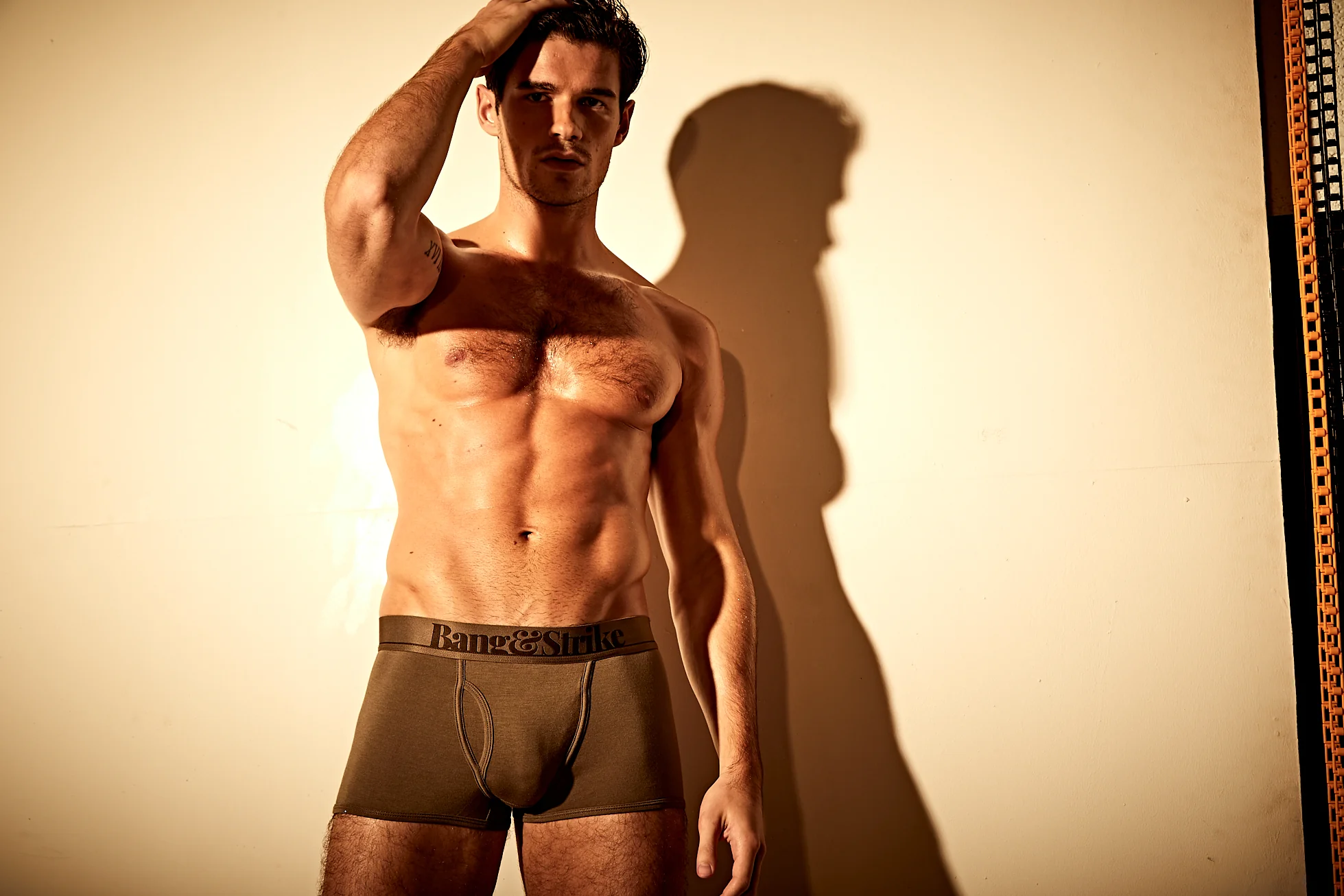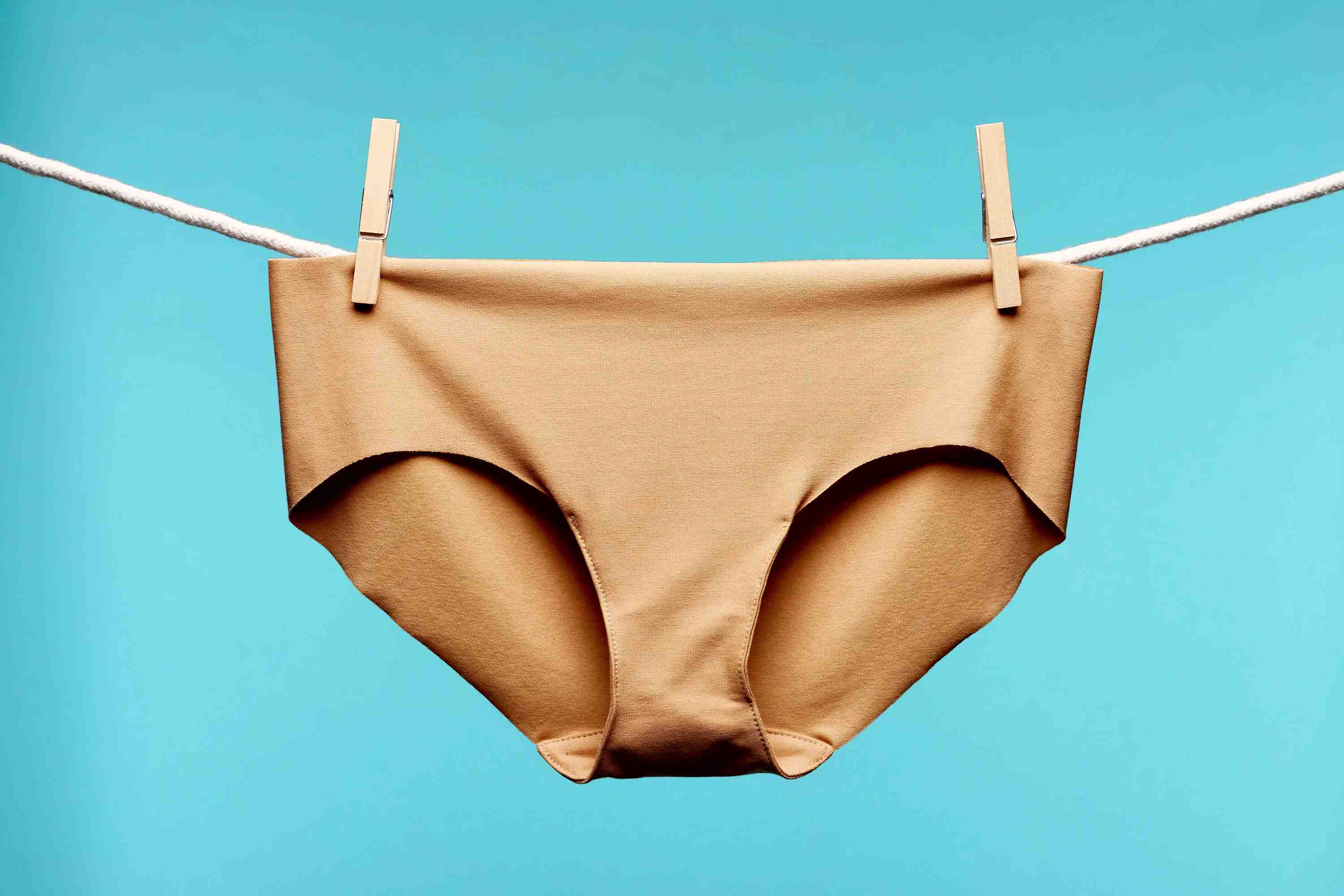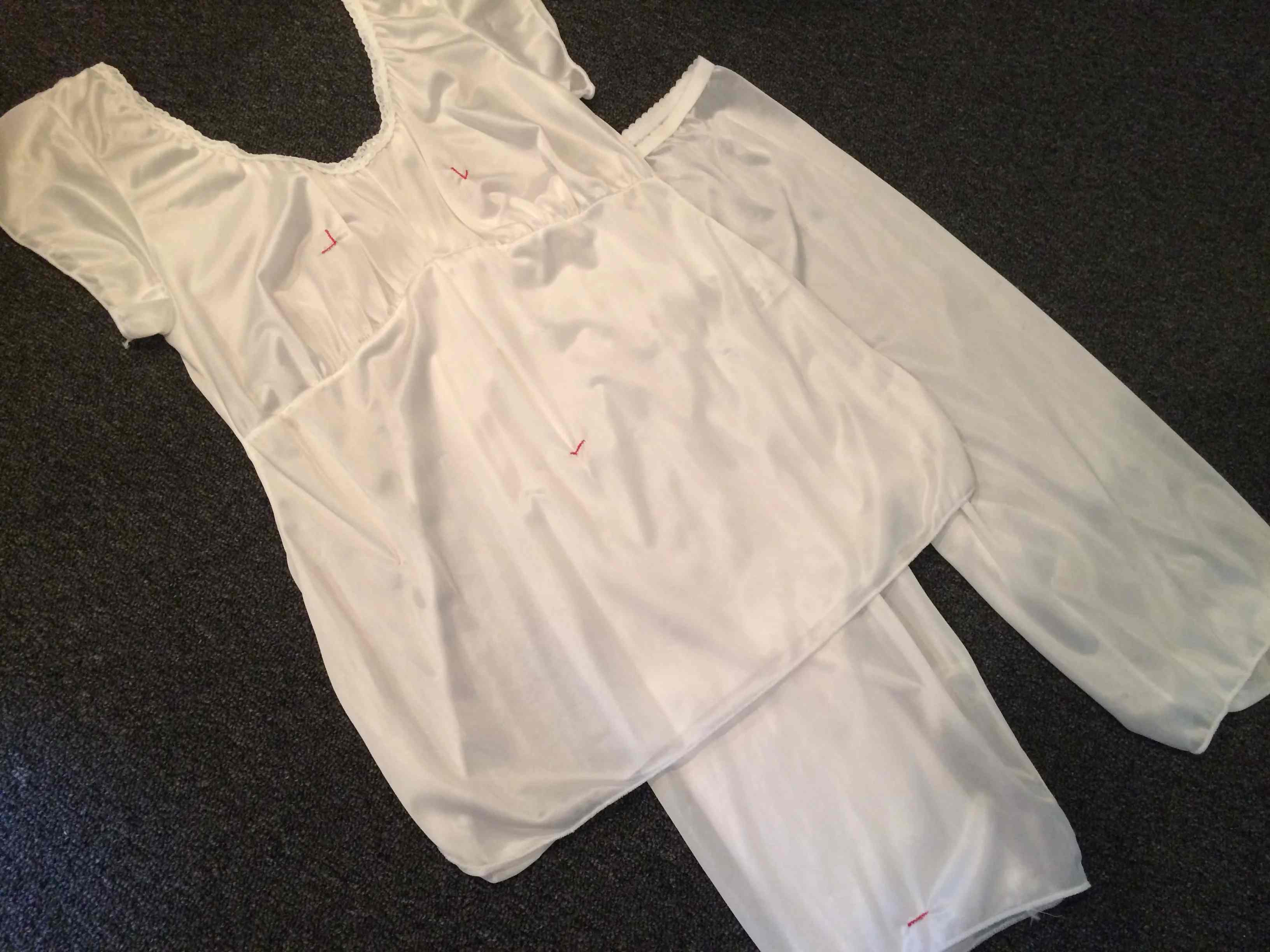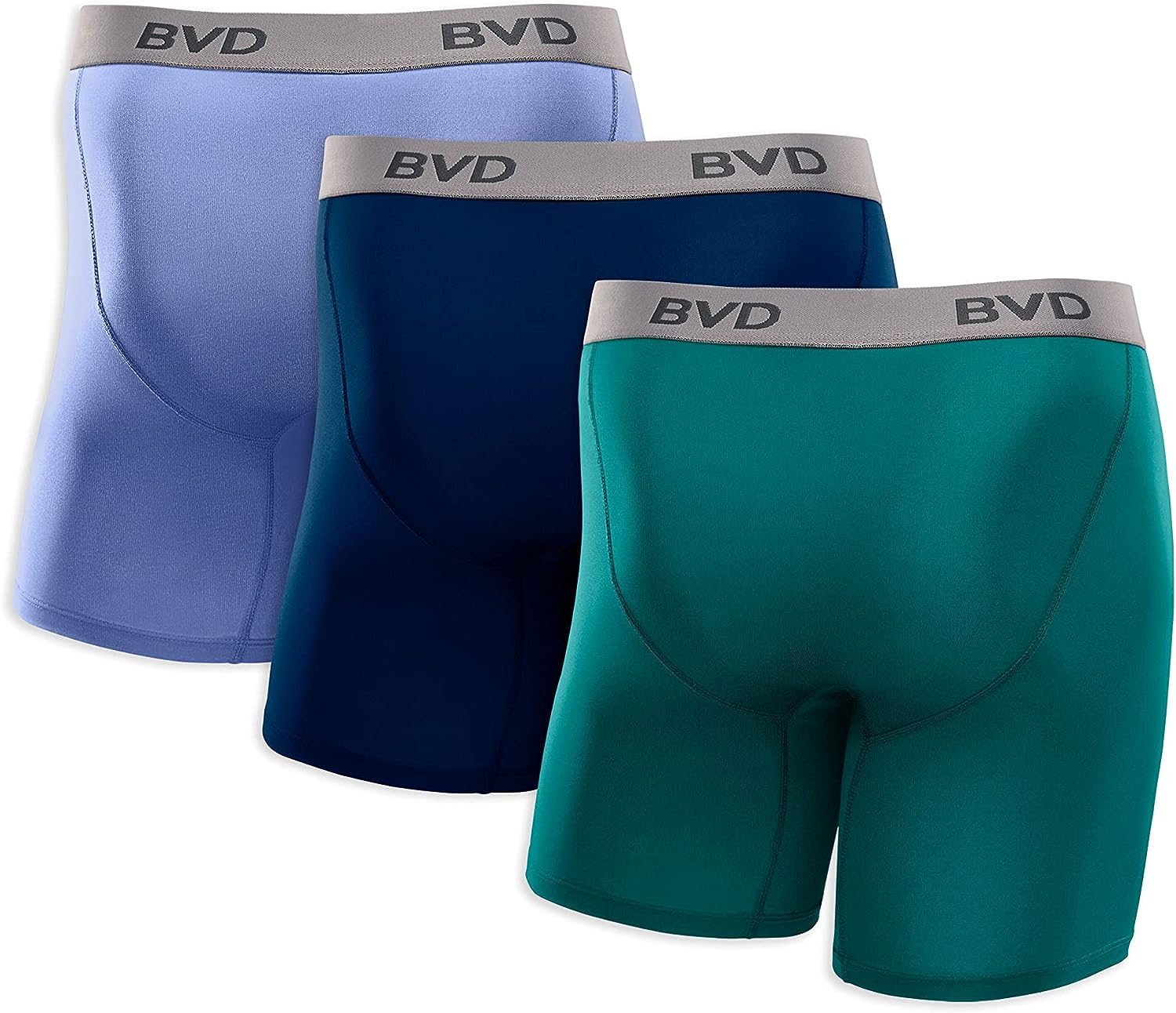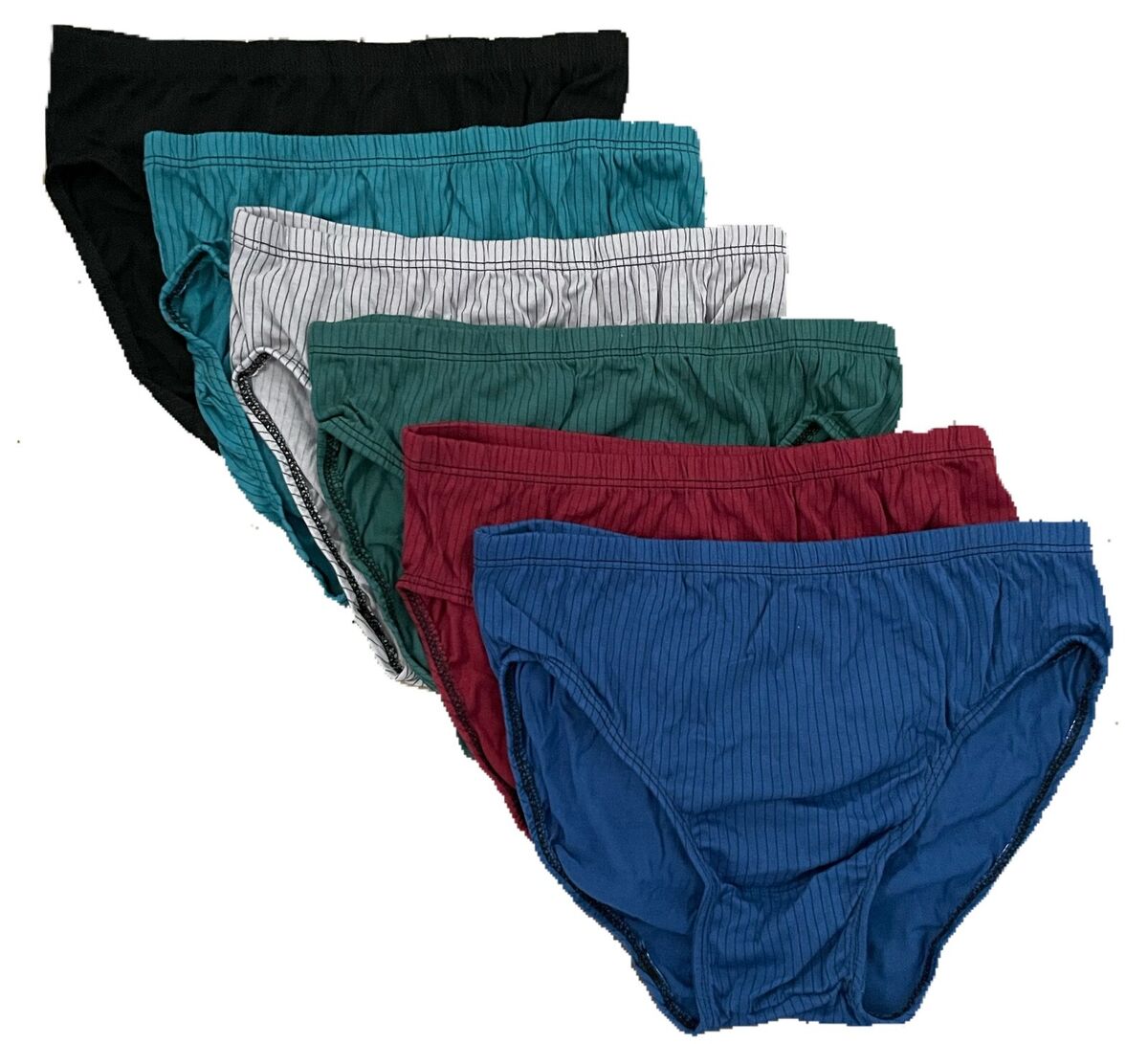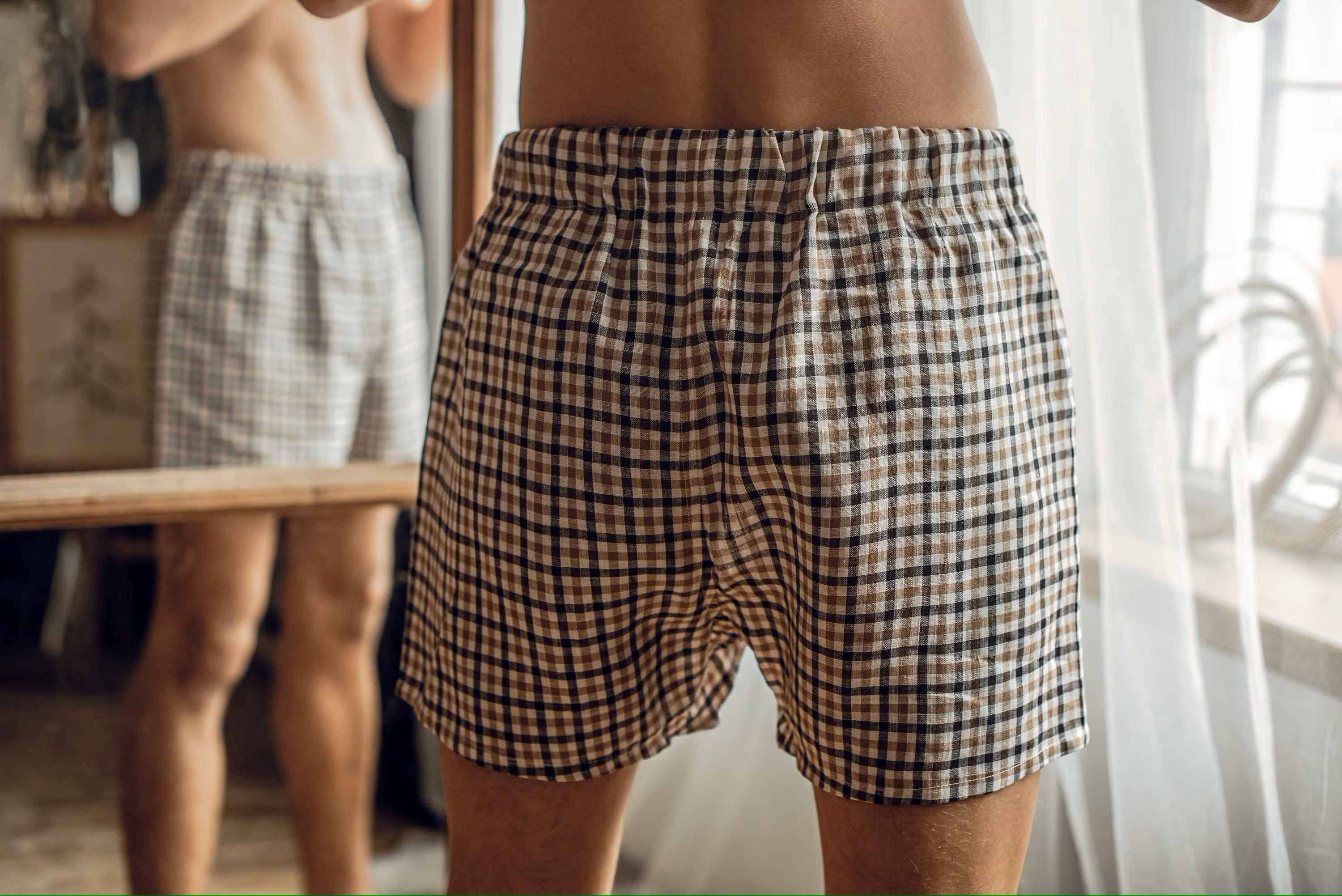Home>How-to Guides>For All>What Is Tucking Underwear


For All
What Is Tucking Underwear
Published: July 31, 2023
Discover the benefits and versatility of tucking underwear for all genders. Achieve a smoother silhouette and enhanced confidence with our wide range of tucking undergarments.
(Many of the links in this article redirect to a specific reviewed product. Your purchase of these products through affiliate links helps to generate commission for Under-tec.com, at no extra cost. Learn more)
Table of Contents
Introduction
Tucking underwear is an essential clothing item that is primarily used to achieve a flatter and more feminine silhouette. For individuals who identify as transgender, drag queens, or those who simply prefer a sleeker appearance, tucking underwear serves as a supportive and discreet solution.
By securely positioning the genitals, tucking underwear helps create a smoother, more feminine contour, allowing individuals to feel more confident in their chosen gender presentation. Many tucking techniques have been developed over the years, but the right underwear is crucial when it comes to achieving a comfortable and effective tuck.
As society becomes increasingly accepting and diverse, the demand for tucking underwear continues to grow. This has led to a variety of options available to cater to different body types and personal preferences. From thongs to gaffs, there are numerous styles and brands that offer support and comfort for tucking purposes.
In this article, we will explore the definition of tucking, delve into the history of tucking underwear, discuss the benefits it offers, outline the various types available, provide guidance on how to properly tuck with underwear, and highlight potential risks and considerations to keep in mind. Whether you are new to tucking or looking to refine your technique, this comprehensive guide will equip you with the knowledge you need.
Definition of Tucking
Tucking refers to the practice of positioning and concealing the genitals to create a smoother and flatter appearance. It is commonly used by individuals who are transgender, as well as drag queens and performers who want to achieve a more feminine silhouette.
The process involves carefully maneuvering the genitals so that they are securely held in place, typically between the legs or towards the lower abdomen. This technique helps create a more streamlined shape and reduces the visibility of the bulge that can be caused by traditional underwear.
Tucking can be done using various methods, such as tape, gaffs, or specially designed tucking underwear. Each method has its own advantages and considerations, and individuals often choose the technique that works best for their comfort level and desired outcome.
While tucking primarily focuses on disguising the genitals, it is important to note that it is a temporary solution and should not be used for extended periods of time. Prolonged tucking can lead to discomfort, restricted blood flow, and potential health risks. Therefore, it is essential to take breaks and allow the body to rest.
It’s important to approach tucking with care and find a technique that suits your needs and comfort level. Proper tucking not only helps achieve a more feminine appearance, but it can also contribute to increased self-confidence and comfort in one’s own body.
History of Tucking Underwear
The practice of tucking goes back centuries, with evidence of various cultures and societies finding ways to create a smooth and feminine silhouette. While the specific origins are difficult to trace, tucking techniques can be seen in ancient artwork and historical records.
In ancient Greece, for example, men participating in theatrical performances would use leather straps or bandages to tuck and bind their genitals to mimic the appearance of women. This allowed male actors to play female roles without revealing their male anatomy.
Fast forward to the 20th century, tucking became more prevalent as the LGBTQ+ community gained visibility and recognition. In the 1960s and 70s, drag queens and transgender individuals started developing their own methods for tucking, often using duct tape, medical tape, or tight-fitting underwear to achieve the desired effect.
As awareness and acceptance of transgender individuals grew, the need for more accessible and comfortable tucking solutions became apparent. This led to the development of specialized tucking underwear designed specifically for this purpose.
Today, there are various brands and styles of tucking underwear available in the market, catering to different body types and preferences. These undergarments offer the necessary support and compression to securely hold the genitals in place, minimizing discomfort and ensuring a seamless appearance under clothing.
The evolution of tucking underwear has greatly benefited those who engage in tucking, as it provides a safer and more practical alternative to older, potentially uncomfortable methods. The availability of tucking underwear has made it easier for individuals to embrace their authentic selves and express their gender identity with confidence.
It is important to note that while tucking underwear has come a long way in terms of accessibility and comfort, each individual’s experience with tucking may vary. It is crucial to find the technique and underwear that works best for your own body and preferences.
Benefits of Tucking Underwear
Tucking underwear offers numerous benefits to individuals who engage in tucking. Whether you are transgender, a drag performer, or simply looking to achieve a more feminine silhouette, tucking underwear can provide the following advantages:
- Improved Confidence: Tucking underwear helps create a flatter and more feminine contour, which can boost confidence and self-esteem. It allows individuals to present themselves in a way that aligns with their gender identity, enhancing their overall sense of well-being.
- Smoother Appearance: Tucking underwear effectively minimizes the visibility of the penis and testicles, creating a smoother silhouette. This can make wearing tight or form-fitting clothing more comfortable and aesthetically pleasing, without the distraction of a visible bulge.
- Enhanced Wardrobe Options: With tucking underwear, individuals have more freedom in their choice of clothing. They can confidently wear skirts, dresses, or other feminine garments without worrying about the appearance of their genitals, allowing for greater expression of personal style.
- Improved Safety: Tucking underwear, when worn properly, can provide support and prevent discomfort during physical activities. This is especially important for individuals who participate in sports, dance, or other activities that require a full range of movement.
- Privacy and Discretion: Tucking underwear offers a discreet solution for individuals who prefer to keep their gender identity private in certain social or professional settings. It allows for a more seamless presentation without drawing unnecessary attention.
- Comfort and Convenience: Specialized tucking underwear is designed to provide a comfortable and secure fit, minimizing discomfort and allowing individuals to go about their daily activities with ease.
It is worth noting that while tucking underwear offers these benefits, it is important to listen to your body and take breaks when needed. Prolonged tucking can lead to discomfort, restricted blood flow, and potential health risks. So, always prioritize your comfort and well-being.
Types of Tucking Underwear
There are various types of tucking underwear available in the market, each catering to different body types and personal preferences. Here are some of the commonly used types:
- Gaffs: Gaffs are specially designed underwear that provide compression and support to create a smooth front. They typically feature a thong-like design with a reinforced front panel to securely hold the genitals in place.
- Bikini or Briefs: Some individuals prefer to use regular bikini or brief-style underwear for tucking purposes. These undergarments have a snug fit that can help hold the genitals securely without added compression.
- Control or Compression Shorts: Control shorts or compression shorts provide a higher level of support and compression. They are typically made from elastic materials that hold everything in place and create a flatter appearance.
- Modified Underwear: Some people choose to modify their existing underwear by adding an extra layer of fabric or using a taping technique to achieve a tucked look. This option allows for customization based on individual preferences and body shape.
- Seamless Panties: Seamless panties are another option for tucking, as they provide a smooth and discreet undergarment. Look for styles that have a snug fit and minimal seams to avoid any visible lines or bulges.
- Compression Shorts: Compression shorts, typically used for sports or athletic activities, can also be utilized for tucking. These shorts offer a secure fit and compression, keeping everything in place during physical movement.
Each type of tucking underwear has its own advantages and considerations. It’s important to experiment with different styles and brands to find what works best for your body and comfort level. Keep in mind that proper fit and support are crucial for achieving a secure and comfortable tuck.
How to Properly Tuck with Underwear
Proper technique is essential when it comes to tucking with underwear. Follow these steps to ensure a comfortable and effective tuck:
- Clean and moisturize: Before tucking, make sure the genital area is clean and dry. Applying a small amount of moisturizer can help reduce friction and discomfort.
- Pull underwear down: Start by pulling the chosen tucking underwear down, exposing the front panel.
- Position the genitals: Gently push the genitals backwards between the legs or towards the lower abdomen. Some individuals prefer to use their fingers or the palm of their hand to position the genitals and ensure a secure fit.
- Secure the tuck: Once the genitals are in the desired position, pull up the tucking underwear and ensure it covers and holds the tucked area securely. Adjust the underwear as needed to achieve a smooth and comfortable fit.
- Test mobility: After tucking, perform gentle movements to ensure the genitals are securely held in place and there is no discomfort or slippage. If necessary, readjust the underwear to maintain a proper tuck.
- Choose appropriate clothing: When dressing, select clothing that allows for a comfortable and seamless look. Avoid overly tight or restrictive garments that may put pressure on the tuck and cause discomfort.
It is essential to listen to your body and take breaks when needed. Prolonged tucking can lead to discomfort, restricted blood flow, and potential health risks. If you experience any pain or discomfort, release the tuck and give your body a break.
Remember, everyone’s body is different, and it may take some trial and error to find the right technique and underwear that work for you. Always prioritize your comfort and well-being when engaging in tucking.
Potential Risks and Considerations
While tucking with underwear can help achieve a smoother and more feminine silhouette, it is important to be aware of the potential risks and considerations associated with this practice. Here are some key factors to keep in mind:
- Discomfort: Tucking can cause discomfort, especially if done for extended periods of time. It is important to listen to your body and take breaks when needed to allow for proper circulation and relieve any discomfort.
- Restricted Blood Flow: Prolonged tucking can potentially restrict blood flow to the genital area. This can lead to numbness, pain, and other complications. It is crucial to release the tuck and give your body regular breaks to prevent any adverse effects.
- Skin Irritation: The use of tight-fitting underwear or certain tucking methods can cause skin irritation or chafing. It is important to keep the genital area clean, dry, and moisturized to minimize the risk of skin irritation and discomfort.
- Health Considerations: If you have any pre-existing medical conditions or concerns related to the genital area, it is advisable to consult with a healthcare professional before engaging in tucking. They can provide personalized guidance and ensure your safety and well-being.
- Proper Technique: It is crucial to learn and practice proper tucking techniques to minimize the risk of discomfort and injury. Improper tucking can lead to slippage, discomfort, and potential complications. Seek guidance from trusted sources or professionals experienced in tucking to ensure you are using the correct technique.
- Mental and Emotional Well-being: Tucking can impact mental and emotional well-being, especially for individuals who rely on it to affirm their gender identity. It is important to prioritize self-care, seek support, and engage in activities that promote a positive body image and self-acceptance.
Remember that tucking is a personal choice, and it is important to assess the risks and benefits for yourself. Be mindful of your body’s needs and limitations, and always prioritize your comfort and well-being above aesthetic goals.
If you experience any persistent discomfort or have concerns about tucking, it is recommended to consult with a healthcare professional for guidance and support.
Conclusion
Tucking underwear is a valuable tool for individuals who want to achieve a flatter and more feminine silhouette. It has a long history, dating back to ancient times, and has evolved with advancements in clothing design and the growing acceptance of diverse gender identities.
Understanding the definition of tucking, its history, and the benefits it offers is important for those considering or already engaging in this practice. Tucking underwear provides a range of advantages, including improved confidence, a smoother appearance, enhanced wardrobe options, and increased privacy and discretion.
When tucking with underwear, it is crucial to prioritize comfort and proper technique. Taking breaks, listening to your body, and using the right type of underwear are essential for maintaining safety and preventing potential risks such as discomfort, restricted blood flow, and skin irritation.
Ultimately, tucking is a personal choice and should be approached with consideration for individual needs and well-being. It is important to remember that tucking is not a permanent solution and should be done in moderation to avoid any long-term health complications.
Whether you are transgender, a drag performer, or simply seeking a more feminine silhouette, the availability of various types of tucking underwear allows for customization and personalization based on individual preferences and body types.
As societal awareness and acceptance increase, it is crucial to prioritize self-care and seek support from knowledgeable sources when engaging in tucking. Being informed about the potential risks and considering one’s mental and emotional well-being are vital components of a healthy and fulfilling tucking practice.
In conclusion, tucking underwear provides a valuable solution for those seeking to achieve a more feminine appearance. With proper technique, consideration of potential risks, and a focus on well-being, tucking can be a positive and empowering experience for individuals exploring their gender expression.
